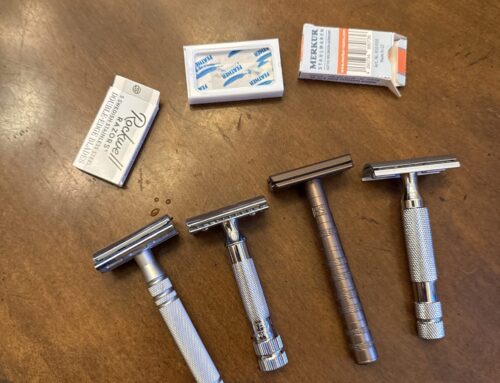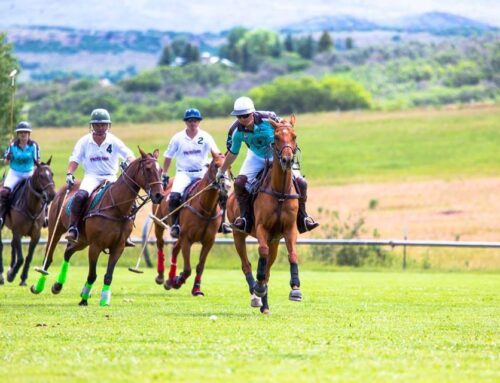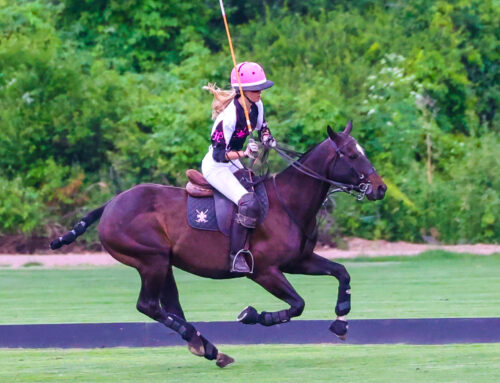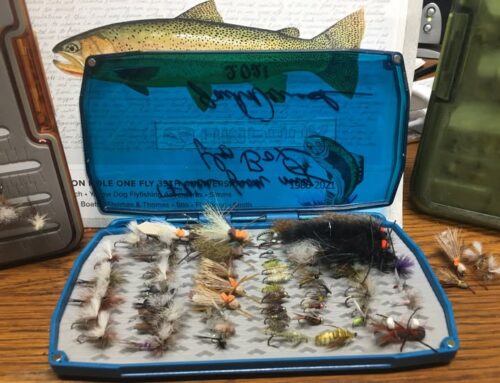Job 39:19-24
“Do you give the horse its strength
or clothe its neck with a flowing mane?
20 Do you make it leap like a locust,
striking terror with its proud snorting?
21 It paws fiercely, rejoicing in its strength,
and charges into the fray.
22 It laughs at fear, afraid of nothing;
it does not shy away from the sword.
23 The quiver rattles against its side,
along with the flashing spear and lance.
24 In frenzied excitement it eats up the ground;
it cannot stand still when the trumpet sounds.
25 At the blast of the trumpet it snorts, ‘Aha!’
It catches the scent of battle from afar,
the shout of commanders and the battle cry.
or clothe its neck with a flowing mane?
20 Do you make it leap like a locust,
striking terror with its proud snorting?
21 It paws fiercely, rejoicing in its strength,
and charges into the fray.
22 It laughs at fear, afraid of nothing;
it does not shy away from the sword.
23 The quiver rattles against its side,
along with the flashing spear and lance.
24 In frenzied excitement it eats up the ground;
it cannot stand still when the trumpet sounds.
25 At the blast of the trumpet it snorts, ‘Aha!’
It catches the scent of battle from afar,
the shout of commanders and the battle cry.
The passage you have provided is a powerful and evocative description of a horse, not just any horse, but a warhorse, a magnificent and fearsome creature in the throes of battle frenzy. It is a vivid portrayal of the horse’s strength, courage, and excitement for the fight, captured through a series of rhetorical questions and vivid imagery.
Here’s a breakdown of the passage’s key elements:
Strength and Majesty: The passage opens by questioning the source of the horse’s strength and its flowing mane, attributing them to a higher power. This immediately establishes the horse as a creature of exceptional physical prowess and beauty.
Fearlessness and Battle Frenzy: The description of the horse leaping like a locust, snorting with pride, and pawing the ground highlights its fearlessness and eagerness for battle. It laughs at fear and charges into the fray, unfazed by the dangers of the sword and the chaos of war.
Sound and Movement: The imagery of the rattling quiver, flashing spear, and the horse eating up the ground in excitement adds to the dynamic and sensory experience of the passage. The sound of the trumpet further intensifies the anticipation and excitement of the impending battle.
Battle Cry and Scent of War: The passage concludes with the horse snorting “Aha!” at the sound of the trumpet, recognizing the call to battle. It can smell the battle from afar, drawn by the shouts of commanders and the battle cry, demonstrating its innate connection to war.
Overall, this passage is a testament to the power and majesty of the horse, particularly in the context of war. It portrays the animal not just as a means of transportation, but as a formidable companion and a symbol of courage and strength in the face of danger.





